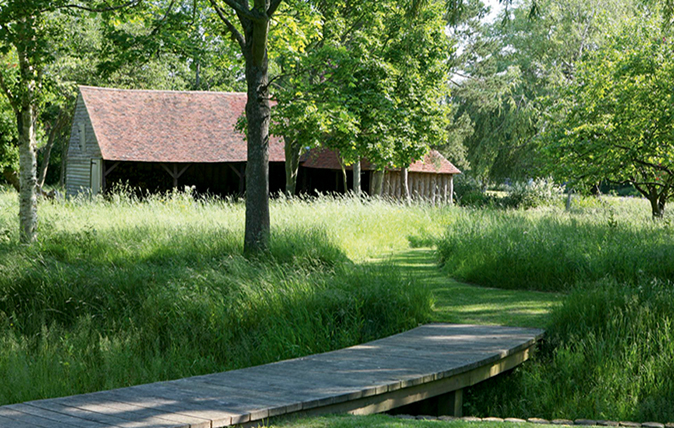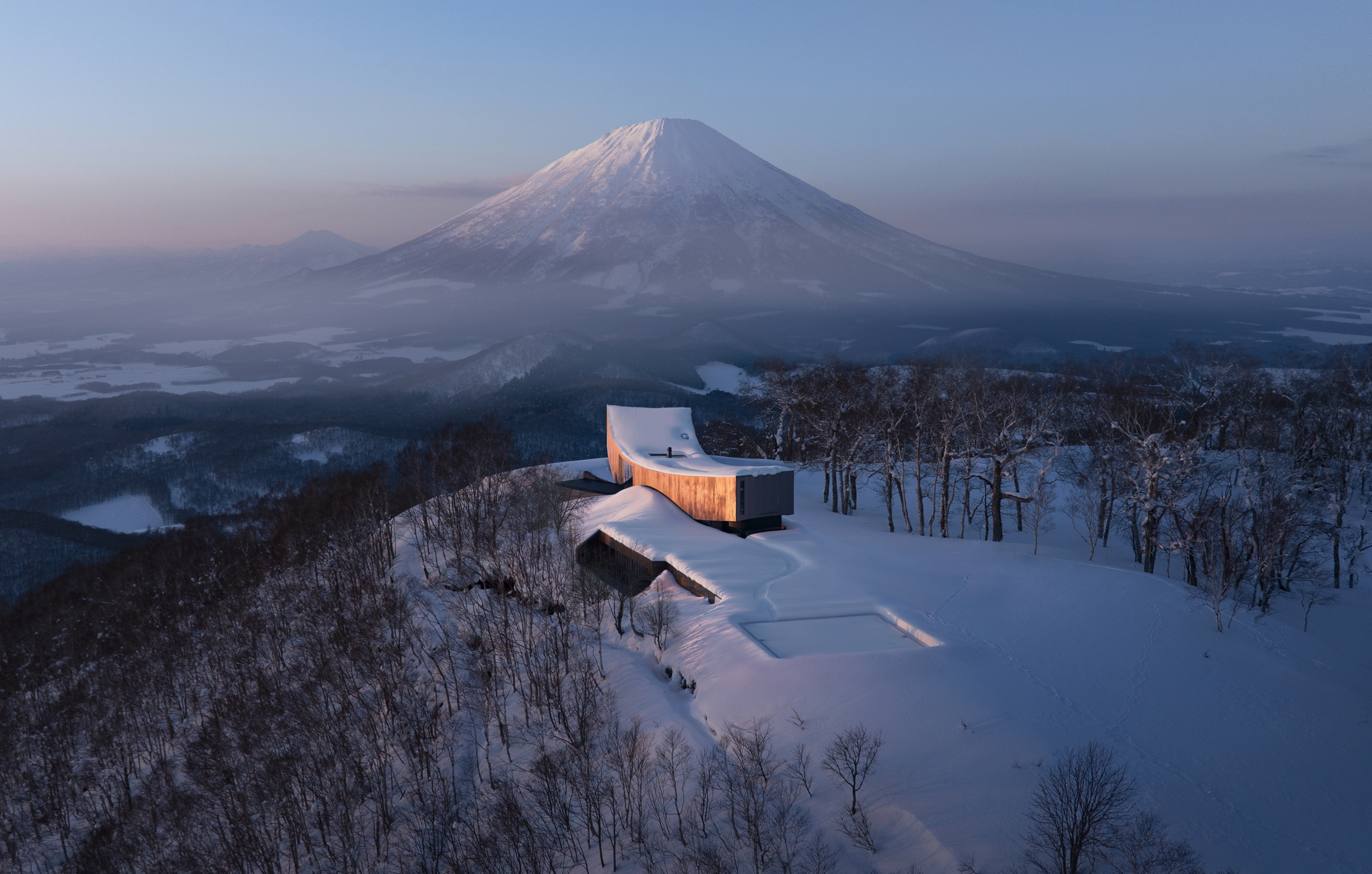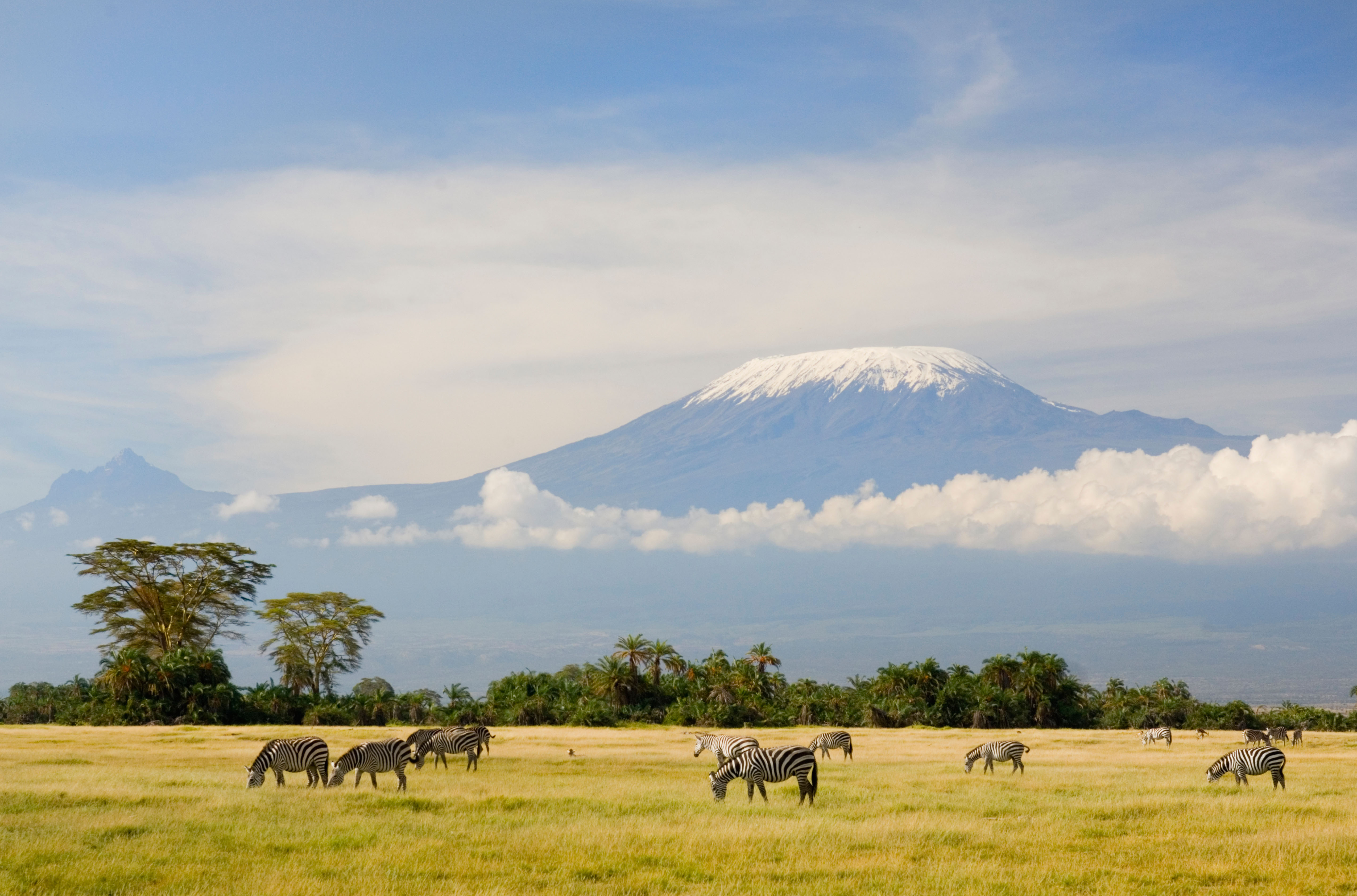Mature your parkland in months
'When you buy a mature tree, what you’re really buying is time'


In the second episode of BBC2’s The Secret History of the British Garden, broadcast last November, Monty Don is seen battling with a horse-drawn cart similar to the one Capability Brown would have used to manoeuvre semimature oak trees around Croome Court in Worcestershire. Some 250 years later, and the appetite for planting mature trees is blossoming—as is the technology to make the job easier.
The reason, according to Philip Harvey of buying agents Property Vision, has to do with an increased appetite for buying plots of land and building the country-house dream (01344 651700). ‘The Grand Designs effect has really taken hold in the country market, especially thanks to the VAT savings on offer,’ he explains. However, one of the main disadvantages of a new-build site is, in most cases, the lack of mature grounds, meaning that a house will look stark in the landscape—as, indeed, many new houses must have looked in Brown’s lifetime.
To fast-track your landscape, says Philip Eddell of Savills Country House Consultancy, you need mature trees (01635 277705). ‘Although trees will eventually grow, not everyone can wait 20 or many more years for that to happen, so buying in mature specimens is a good way of adding instant structure and height to a garden or will transform a green field into parkland.’ Ed Sugden, of Savills countryhouse department, has seen a number of clients investing thousands of pounds in installing trees, ‘and not just to create maturity—pleached limes can create privacy or block out a neighbour; others have spent millions creating woodland and cover for shooting’.
Unsurprisingly, buying, transporting and planting mature trees is far from inexpensive. Estimates vary according to size and the transport distance (in which the girth of the tree is a key factor) and can range from the low thousands up to £35,000 per tree— and that doesn’t include the planting. Landscape designer Marcus Barnett has a great deal of experience of planting tall trees for clients (020–7736 9761). ‘When you buy a mature tree, what you’re really buying is time,’ he explains. ‘If it’s 20 or 30 years old, that’s logistics and finance means one has to have high expectations that the tree won’t “fail”. We thoroughly research the soil and climate at a local level and use good planters.’
He travels to the Netherlands on behalf of his clients—the country boasts a number of large-scale tree nurseries, including Ebben, which has been in the same family for four generations since it opened in 1862 (www.ebben.nl).

‘There are documents showing that we Dutch have been shipping plants and trees across the Channel since the 1600s,’ explains nurseryman Marco Mouwen. ‘Here, there are 1,300 acres under planting. The soil is incredibly fertile for growing and we transplant the trees every three years to ensure the hairy roots—important for successful planting later—keep growing.’
The concept of moving mature trees is old, but the technology has advanced dramatically in the past 10–15 years, which has led to an increased level of interest from country-house owners. ‘People have always demonstrated their wealth by their houses and the variety of trees, which effectively create an outdoor art gallery,’ believes Marco. ‘However, these days, the type of people
Exquisite houses, the beauty of Nature, and how to get the most from your life, straight to your inbox.
I see buying large country houses are keen to restore parklands and are impatient to see the results.’ Trees are picked up by mechanical ice-cream scoops, then hessian is wrapped around the root ball, which can be as wide as 8óft in diameter. After that, a wire net is fixed over it, which will eventually corrode in the soil, before the tree is placed on a trombone lorry for transport across the Channel. At least, that’s the most common way these large trees make their way to our shores.
‘I once had a client who had imported some seriously big trees from an Eastern European country,’ says Philip. ‘When I asked him how they got here, assuming they’d come by lorry, he said they’d been flown in by a Russian transport plane. I couldn’t believe it.’
-
 The dream ski chalet for sale: Plan world domination and ski Japow at the same time
The dream ski chalet for sale: Plan world domination and ski Japow at the same timeEach week, James Fisher fantasises about a dream ski chalet he'd like to buy, but can't — from architecturally striking marvels, to cosy mountain retreats, and everything in between. This week, we are off to the top of the Rusutsu resort in Japan.
By James Fisher Published
-
 Become a geography wizard by taking the Country Life Quiz of the Day, November 28, 2025
Become a geography wizard by taking the Country Life Quiz of the Day, November 28, 2025So many facts about rivers, capital cities, depths of things. You'll be the life and soul of every party by the end.
By Country Life Published

